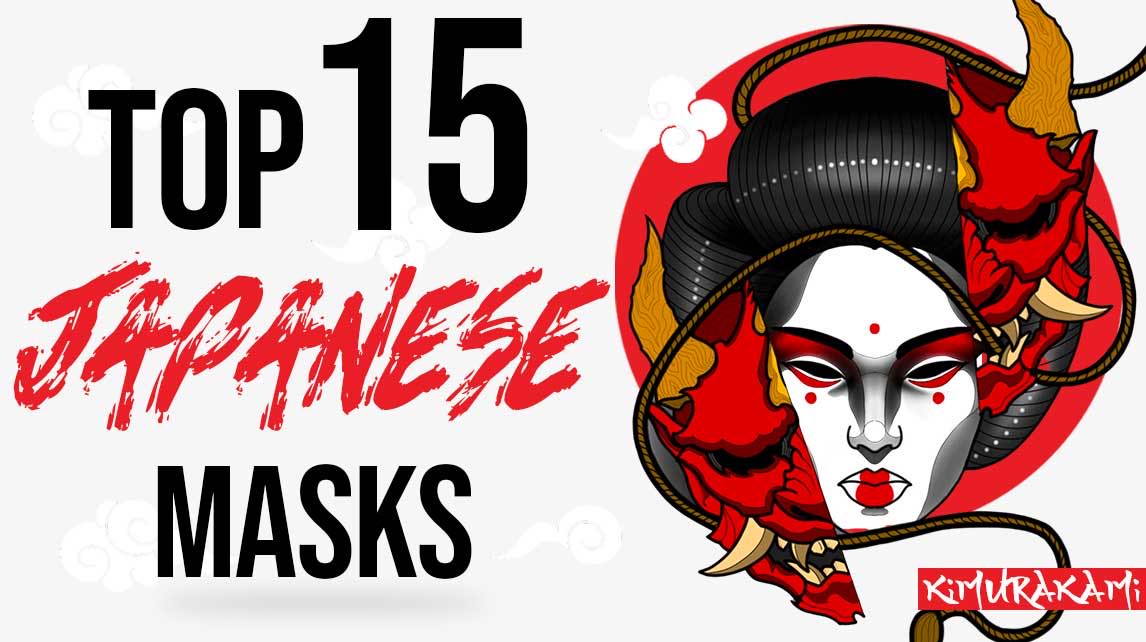The tanuki is a creature of Japanese folklore and legends. It can transform and create illusions with its magical powers. It is also called the raccoon dog.
Tanuki are depicted in the land of the rising sun wearing a straw hat, and carrying a flask of sake (or even in the middle of a meal). They have a strong body and use their belly as a drum. One of the most predominant physical characteristics are their gigantic privates...
They live in forests and are often depicted as evil spirits in tales called Bunbuku Chagama.
What is a Tanuki
Tanuki (狸 or タヌキ) is the Japanese word used for the raccoon dog. This magical animal is also called bake danuki (化け狸). This translates to tanuki transforming; in reference to its polymorphic power.
From, the ethymological origin of the word tanuki, it is confused with the badger because in some local dialects the term mujina and tanuki symbolize both animals.
In the classical Tokyo dialect, the term anaguma does refer to badgers and tanuki to raccoon dog. However, tanuki soup (tanuki-jiru 狸汁) can consist of the badger or the raccoon dog...
Where does the tanuki live?

Although tanuki are of Japanese origin, fur producers introduced them to the Soviet Union. Tanuki were hunted for their meat, black-brown fur (used to make brushes), and bones that had medicinal properties. Until the early 20th century, it lived only in East Asia:
- In the Amur-Usuri region of Russia,
- In Korea
- In eastern China
- In Japan
- In northern Indochina
Almost 9,000 tanuki were released in the European part of the former Soviet Union between 1928 and 1955. They very quickly spread to almost all of Europe. That's why we also see them in Hungary, Austria, Finland, Germany, France and Belgium...
The tanuki myth

The first written record of this forest dog appeared in 720 in the Nihon Shoki. This is an ancient work on the history of Japan. It is also mentioned alongside the demon Tengu and other dangerous yokai on medieval scrolls...
The myth of this Japanese deity has spanned centuries of history. Shinto and Buddhist folk tales describe the mischievous nature of this little demon in Japanese folklore. The tanuki loves to trick humans by playing tricks, transforming etc.
Like the Kitsune, the nature of the tanuki is ambivalent in Japanese legends. It can behave as a truly evil and nefarious entity. But in today's pop culture, it has more of an image as a teasing, fun, and facetious creature...
The magical powers of the tanuki

One of the most famous myths about the Tanuki is its ability to transform into a beautiful woman to fool passersby...
This is why the Tanuki is often associated with the fox god kitsune because they have the same polymorphic abilities... Although it transforms itself, the tanuki can also transform certain things, such as turning pebbles into gold or dung into food.
A common image of this magical creature is that of an animal with a leaf on its forehead, as this is supposed to be the source of its power.
Some spend their lives living among humans without ever being detected. In human form, tanuki are as corrupt as the humans they imitate. That's why they have a reputation for being drunkards, liars, and cheats.
They are also known for their good sense of humor.
In addition, many use their shifting powers to transform into stones, trees, statues, and even ordinary household objects to play tricks on people.
Some even transform into giants and horrific monsters, either to terrorize humans for fun or to scare them into places they shouldn't be.
Why are tanuki important to Japanese culture and history?

The tanuki is an important figure in Japanese folklore and was popularized by Buddhist tales dating back to 720. The tanuki is often the subject of Japanese art, imitated in designs such as netsuke. This mischievous creature is respected for its great intelligence and ability to create illusions. It has become deeply entrenched in Japanese folklore over the centuries.
There are many Tanuki found throughout Japan today, as Tanuki were animals of great significance for their meaning and symbolism. They represent life, fertility, and prosperity.
In the forest, tanuki play pranks on humans, but they can also become gigantic monsters capable of destroying houses when they are angry.
Tanuki still play a role in Japanese culture. If you look for tanuki in Japan, you will see representations of them everywhere. At Shogun Japan we especially like the Tokyo subway information posters and tanuki statuettes...
Tanuki play their cute little animal role and also as a good luck charm. Today we also see tanuki in Japanese manga and anime such as Pompoko for example...
How to recognize a tanuki?

If you think you are being stalked by a tanuki in disguise, the clues will be the same as for the yokai demon Kitsune:
- They can be a little bright when transformed.
- If it rains, their kimono will stay dry.
- If a tanuki stops concentrating on maintaining its illusion, its tail may appear
The legendary Tanuki clearly has many interesting characteristics. But there's no doubt about the strangest and most unique one: magical testicles...
Tanuki can stretch their private parts to the size of eight tatami mats. In Japanese Ukiyo-e prints, they use them as:
- Sails for boats,
- Fishing nets,
- Umbrellas
- Coats to smother an enemy...
This amazing scrotum is portrayed in a huge way in art but it is little in Shinto myths. The reason is that it is a later addition to the repertoire of Japanese tanuki. The craze for tanuki parts took off in the Edo period, when ukiyo-e artists began to illustrate it all in a "Tanuki Art" style.
Where to see Japanese tanuki?

If you want to have a mystical encounter with tanuki, we recommend going to Akihabara, there is a shrine dedicated to tanuki that dates back to the late 17th century. There is also, the Chingodo Shrine at Sensoji Temple in Asakusa.
It has two large tanuki statues and holds a festival every year which is held on March 17. In the late 19th century, the head priest of Sensoji had a dream. In this dream, the tanuki living in the garden of his official residence were his guardians. Therefore, a shrine was built to honor them.
Since this was a dream, we have our little idea about its origin. If you want to know more about Japanese mythology we recommend you to read our blog article fantastic Japanese animals. You'll discover the strongest and dangerous creature from Shinto folklore...









Leave a comment